A heel spur is caused by long-term calcium deposits in the lower part of the heel bone. Spurs do not develop quickly: limescale deposition takes a long time - months, years. Other causes of calcium deposits include muscle and ligament strains, tears in the membrane that covers the heel bone, and injuries to the plantar fascia. These injuries are particularly common among athletes who actively run and jump.
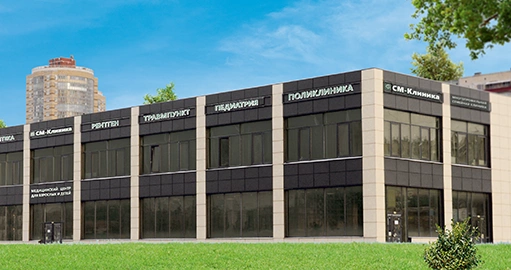
- Heel spurs (plantar fasciitis, plantar fasciitis)
- ICD-10
- symptoms
- diagnosis
- How does a heel spur develop?
- Treatment of heel spurs
- How to improve the treatment of heel spurs and prevent them from developing in the future?
- Treatment of heel spurs
- Treatment of heel spurs with the PRP method at SM Clinic
- SM Clinic on Mala Balkanskaya Street
- SM Clinic on Dunayskiy Avenue
- SM clinic on Vyborgskoe shosse street
- SM Clinic on Marshala Zakharov Street
- Make an appointment with a traumatologist and orthopedist
Heel spurs (plantar fasciitis, plantar fasciitis)
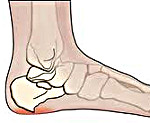
Heel spur (calcaneal spur) – This is a beak-, hook- or wedge-shaped bone growth in the area of the heel bone on the sole of the foot or at the attachment point of the Achilles tendon. The symptoms of heel spurs are caused by permanent damage to the surrounding tissues and the development of bursitis, periosteum and dystrophic changes. Patients initially complain of intermittent pain when walking, followed by an initial stabbing pain that subsides with walking. A lateral x-ray of the foot is taken to confirm the diagnosis. Treatment includes physiotherapy, blocks, physical therapy and massage.
ICD-10
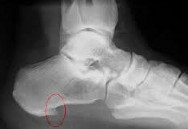
Heel spur (plantar fasciitis, plantar fasciitis) is a very common disease that affects about 10 % of all diseases of the musculoskeletal system. It usually occurs in patients over 40 years of age; Statistics show that about 20 % of people in this age group suffer from this condition. Women are affected more often than men. The frequency decreases with increasing age because patients are no longer as physically active as usual. This disease is very rare in children.

symptoms
The disease develops slowly. The severity of symptoms depends on the size of the bony prominence and the intensity of irritation of the plantar fascia. The first symptom of heel spurs is discomfort in the foot, which gradually develops into pain. At first the problem only occurs in the morning or after a long walk, but then the symptoms increase.
The picture is most noticeable when the inflammation in the fascia becomes acute. The patient notices:
- Severe pain in the heel and sole of the foot that increases when walking;
- A localized increase in temperature;
- Redness of the skin around the lesion.
As the disease progresses, the pain becomes almost constant and the patient is forced to modify his gait so that he leans as little as possible on the affected heel. This leads to the development of a transverse flat foot. In severe cases, the patient loses the ability to move independently.
diagnosis
An experienced surgeon can suspect heel spurs based on the patient's characteristic symptoms and gait. To confirm the diagnosis, an x-ray of the affected foot is taken to visualize the bony protrusion and assess its size.
Because many diseases have similar symptoms, the doctor will order additional tests, which may include:
- general blood and urine tests;
- Blood chemistry – always to determine uric acid levels;
- Ultrasound examination of the foot;
- Ultrasound examination of the arteries and veins in the leg;
- MRI of the foot.
If necessary, a consultation with other specialists such as: B. a neurologist.

Take advantage of this unique opportunity for a free consultation on your planned treatment. Continue reading.
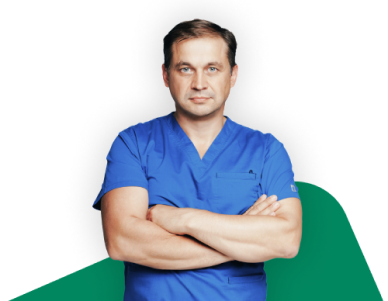
How does a heel spur develop?
Over time, the joint damages the tissue adjacent to the heel spur, causing scarring. This leads to further deposits of insoluble calcium compounds. The increased calcium deposits lead to irritation of the bony elements, the joint mucosa, that is, all surrounding tissues.
The process described above leads to local inflammation, the second symptom of heel spurs, which not only significantly increases the pain, but also causes more frequent discomfort, even in the absence of characteristic stresses.
The actual symptom of heel spurs is difficulty moving for the first time after a night of sleep. During the day the pain subsides with constant walking, but towards the evening the unpleasant sensations return. The reason for the increase in pain is the fatigue caused by the many movements during the day.
Another symptom that can indirectly indicate the presence of a heel spur is a change in gait. This is often more noticeable to bystanders than to the person who has the heel spur. Gait changes through natural behavior: heel pain leads to a shift in the center of gravity, which is sometimes involuntary. Systematic movement in this way can result in transverse flatfoot.
The inflammatory pain caused by the pressure of the heel spur on the soft tissues is initially described by patients as a peg protruding from the sole of the foot. As the pressure increases, the pain becomes dull and aching. When you suddenly get up from a sitting or lying position after a long period of rest, the pain becomes acute again.
When initially diagnosing a heel spur, the doctor inquires about the patient's complaints, takes the medical history and conducts an initial examination of the limb to determine the symptoms and factors of the spur:
Treatment of heel spurs
Heel spurs are currently treated with conservative methods and surgical intervention (removal). Surgical treatment is performed only if conservative treatment has failed for a year.
Among the drugs used for the medical treatment of heel spurs, one of the NSAIDs stands out - ibuprofen. This medication can be taken and used both internally in tablet form and externally in the form of gels and ointments. Other medications can be taken as prescribed by the doctor.
An effective treatment for heel spurs is extracorporeal shock wave therapy (EWT). This treatment can also be referred to as UWT – shockwave therapy. This treatment creates strong sound wave pulses that are aimed directly at the site of limescale formation. Under the influence of the pulses, the calcium deposits are shattered, ie the heel spur is destroyed. In some cases, the EHT procedure can avoid surgical treatment and promote regeneration of plantar fascia tissue.
Physiotherapeutic methods such as laser therapy, cryotherapy and electrophoresis can significantly reduce inflammation and pain in the plantar fascia.
Prophylactic measures to prevent heel spurs are primarily aimed at preventing premature bone and joint wear. Currently, heel spur prevention includes the following proactive measures:
- combating excess weight;
- massaging the feet and legs in general;
- control of the load on the feet;
- regular visits to the doctor;
- regular medical examinations and timely treatment of joint problems;
- Wearing comfortable footwear to prevent the development of flat feet;
- Using special orthopedic shoes or insoles if you already have flat feet.
How to improve the treatment of heel spurs and prevent them from developing in the future?
Many people make the common mistake of treating heel spurs with a single treatment: either laser, ultrasound, or shock waves.
In reality, not all heel spurs are the same and the treatment must be individual, observing the changes that the patient feels almost immediately with appropriate treatment. Sometimes shockwave therapy is enough as a basic treatment, and sometimes this wonderful tool needs to be supported to speed up the treatment.
Two factors can be considered absolutely effective: wearing special insoles and kneading - stretching the ankle straps after sleeping. Both the first and second factors significantly improve healing and prevent future spurs because they reduce the stress on our ligaments: the former constantly during our movements and the latter once when we get out of bed.
For more information about ' TREATMENT OF HEEL SPUR ‚ – use the following terms: plantar fasciitis, shock wave therapy, heel pain, heel pain, heel spur, how to treat heel spur, heel spur, how to treat, bibirevo, altufievo, medvedkovo, okradnoye, babushkinskaya.
Treatment of heel spurs
The treatment of heel spurs largely depends on its causes and symptoms and is determined individually. Various methods are used:
The German Medical Center offers an effective method for treating heel spurs - shock wave therapy using the modern device EWATAGE (Germany).
Shockwave therapy is the only effective non-surgical treatment for this condition.
As a result of shock wave therapy:
– All microfractures are healed;
– The tissue structure of the supporting ligament is restored;
– the swelling disappears;
– Pain syndrome is eliminated;
– The normal resilience of the heel band is restored.
The course of treatment consists of 5-8 treatments. The pain-relieving effect can be felt after the first session.
Make an appointment for a consultation, examination or visit with an orthopedist/traumatologist without waiting in line, at a convenient time.
Our well-equipped clinic and operating room, as well as the professionalism of our specialists, allow us to treat even the most difficult patients, and in the event of side effects or complications, we are able to take all the necessary measures that also ensure your maximum safety!
Treatment of heel spurs with the PRP method at SM Clinic
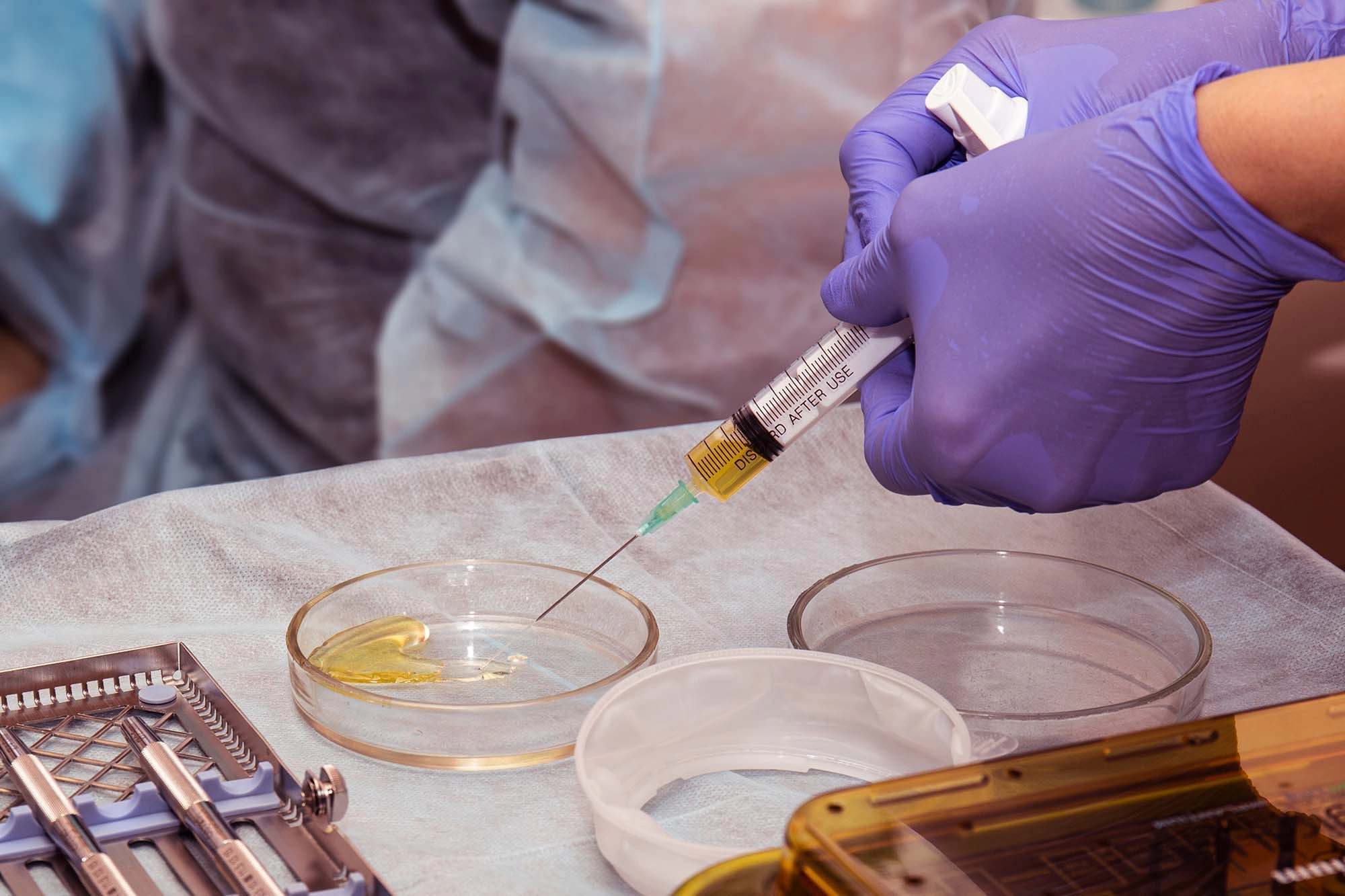
SM Clinic specialists use various methods to treat heel spurs. They differ in their effectiveness, indications and contraindications for use. One of the most popular methods is plasma therapy. This is a procedure in which a concentrated platelet mass is injected into the patient's proximal soleus aponeurosis. The blood donor is the patient himself.
- No allergic reaction;
- high effectiveness;
- minimal risk of complications;
- No harmful or potentially harmful substances in the composition;
- immediate activation of regenerative processes;
- affordable cost.

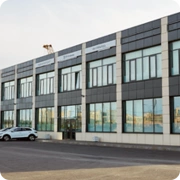
SM Clinic on Mala Balkanskaya Street
23 Balkanskaya Str. S. 1
(m. Kupchino, Frunzensky district)
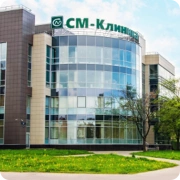
SM Clinic on Dunayskiy Avenue
Dunayskiy prospect, bld. 47
(m. Dunayskaya, Frunzensky district)
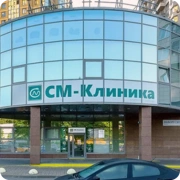
SM clinic on Vyborgskoe shosse street
Vyborgskoe shosse 17, bud. 1
(m. Prosveshchenie Prospect, Vyborgsky district)
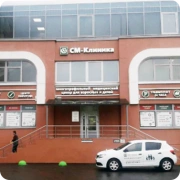
SM Clinic on Marshala Zakharov Street
20, Marschall-Sakharow-Str.
(Leninsky Prospekt metro station, Krasnoselsky district)
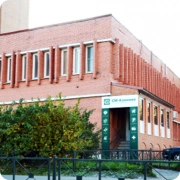
Make an appointment with a traumatologist and orthopedist
Marshal Zakharova Street 20 (Leninsky Prospekt metro station).
17k1 Vyborgskoe shosse (Metro station Prospekt Prosveshchenie)
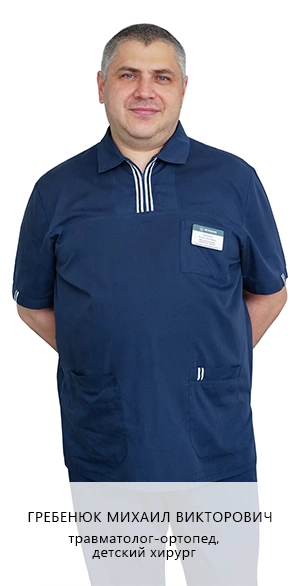
17k1 Vyborgskoje shosse (m. Prospekt Prosveshchenie metro station)

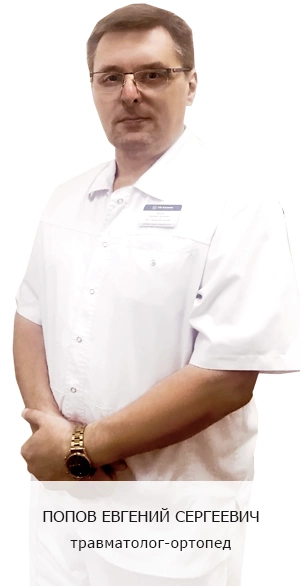
17k1 Vyborgskoje shosse (m. Prospekt Prosveshchenie metro station)
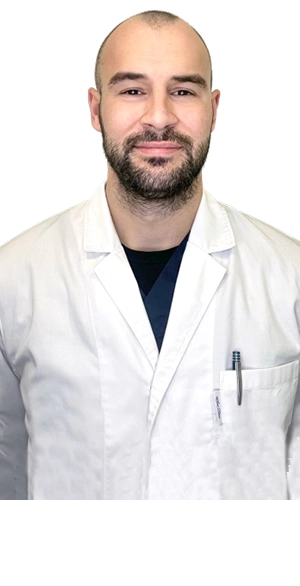
17k1 Vyborgskoje shosse (m. Prospect Prosveshchenie)
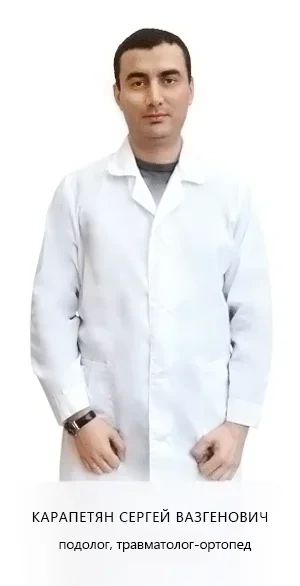
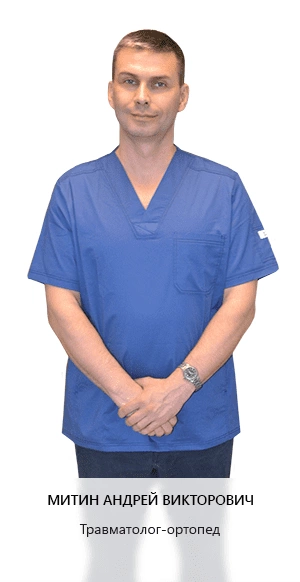
Doctor of andrology, traumatology and orthopedics, surgery, plastic surgery, pediatric surgery. Doctor of the highest qualification category.
Vyborgskoe shot 17k1 (m. Prospekt Pobedy).
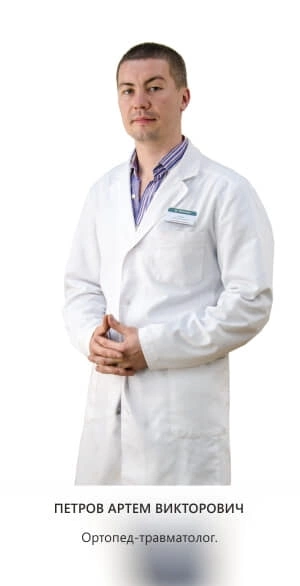


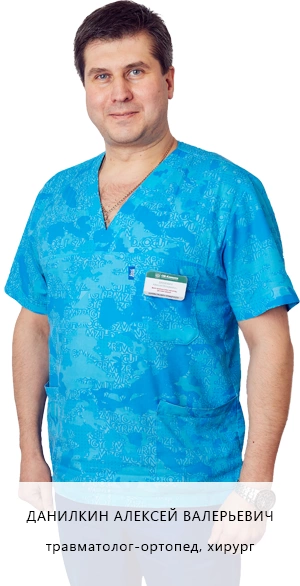
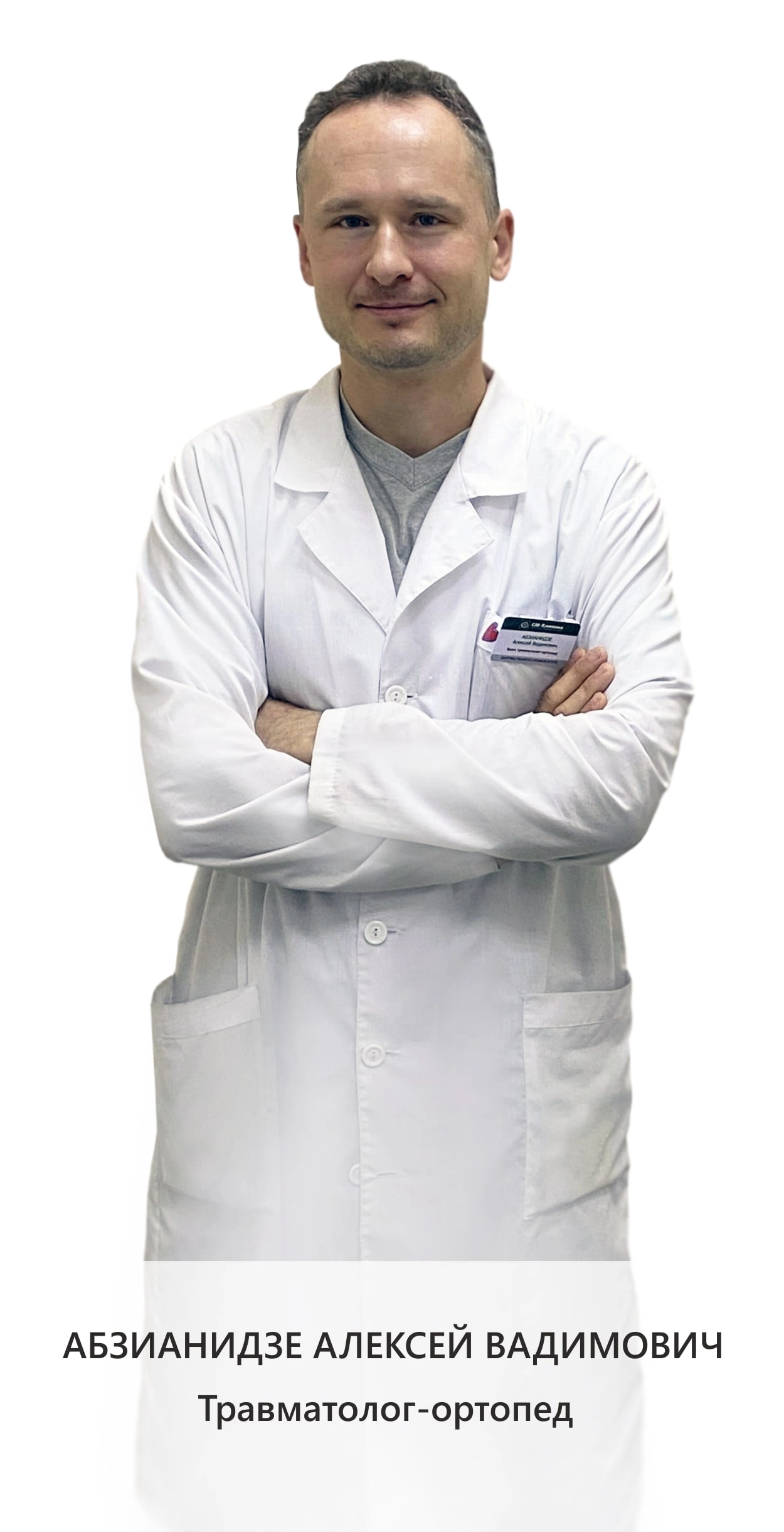
Vyborgskoe Shosse 17k1 (m. Prospekt Prosveshchenie).
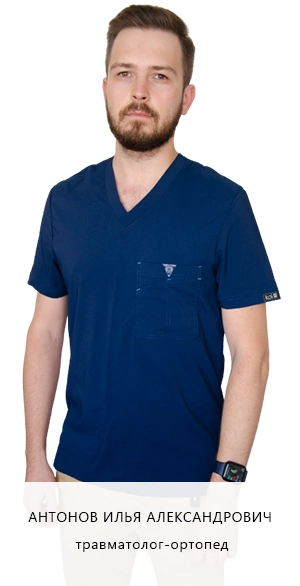
Street. Zakharov St. 20, Marshal's Office (m. Leninskiy Prospect)
Read more:- Orthopedic shoes for women with heel spurs.
- Treatment of plantar fasciitis.
- How to cure plantar fasciitis forum.
- Treatment of plantar fasciitis at home.
- Overnight orthosis for plantar fasciitis heel spurs.
- Treatment of plantar fasciitis ointment.
- Tear of the foot fascia.
- Longitudinal soleus muscle.
